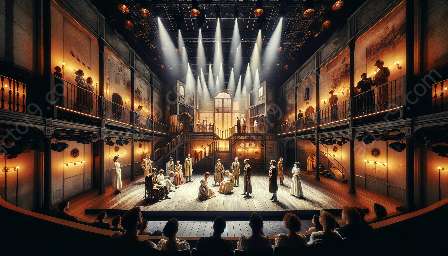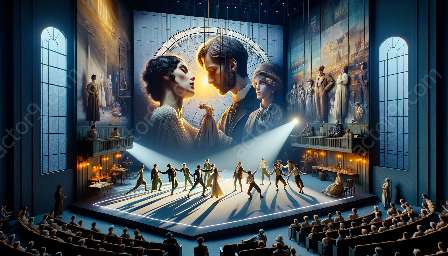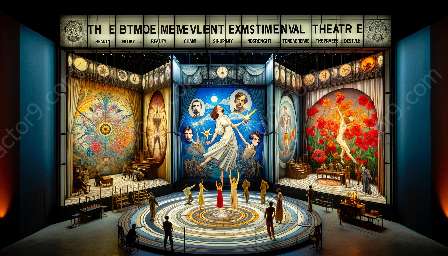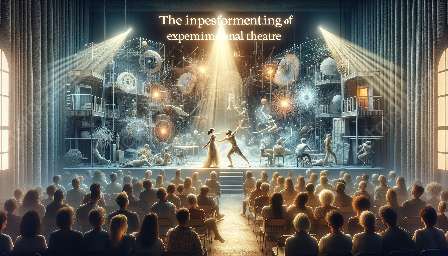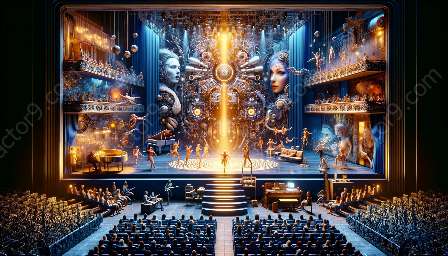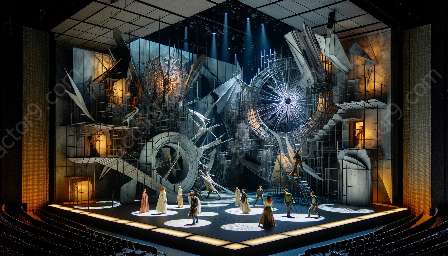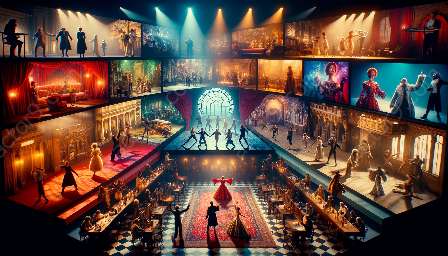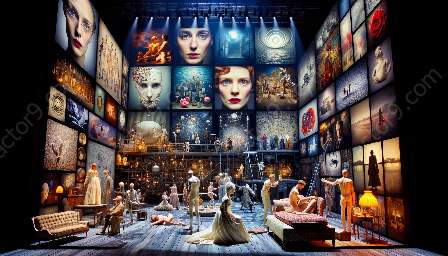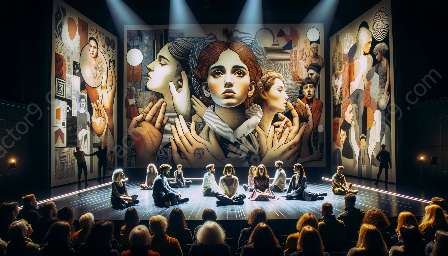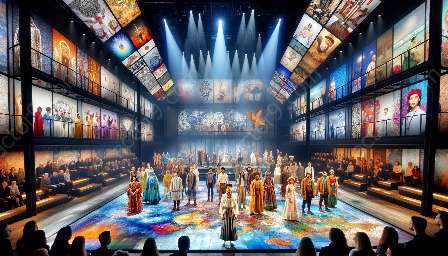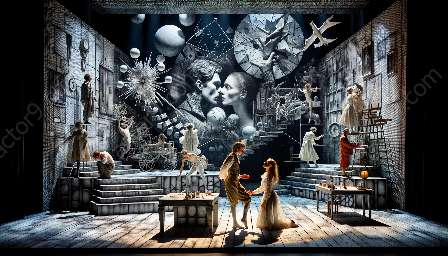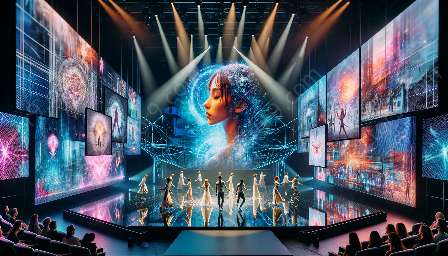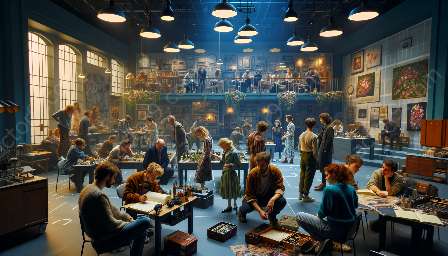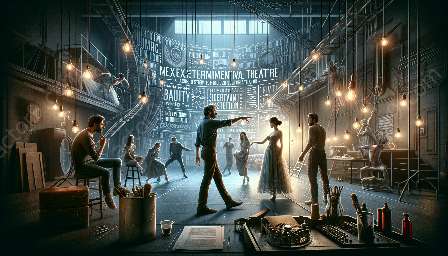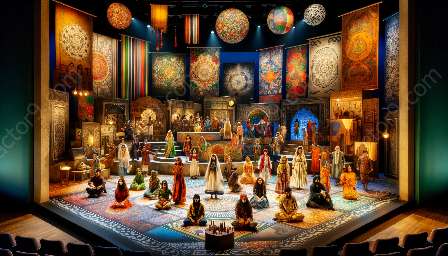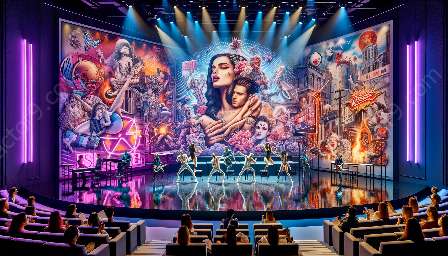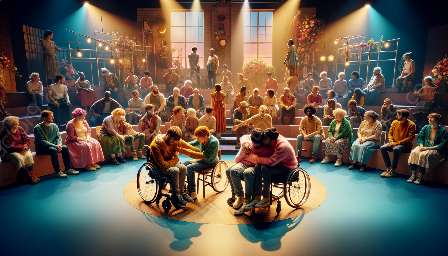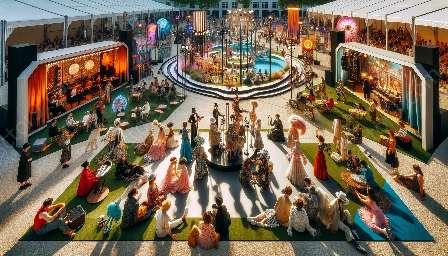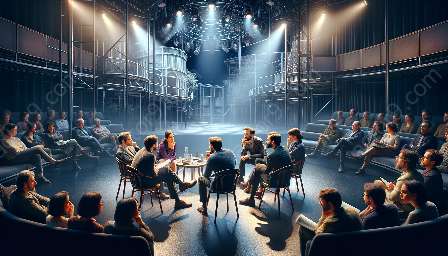Experimental theatre is a dynamic form of artistic expression that challenges traditional norms and conventions, often pushing boundaries and taking risks. It offers a unique platform for artists to explore unconventional themes and narratives, which can lead to profound and thought-provoking experiences for the audience. However, to truly captivate and engage the audience in experimental theatre, it is crucial to develop a deeper connection and emotional resonance. This can be achieved through various methods and strategies that cater to audience reception and engagement in experimental theatre.
Understanding Audience Reception in Experimental Theatre
Before delving into methods for developing deeper connections, it's essential to understand the nature of audience reception in experimental theatre. Unlike traditional forms of theatre, experimental theatre often demands active engagement and interpretation from the audience. It invites them to participate in the experience, challenging them to question and reflect on the performance in a more profound way. This requires an understanding of how to create meaningful connections that resonate with the audience on an emotional and intellectual level.
Creating Immersive Experiences
One method to develop a deeper connection with the audience is by creating immersive experiences within the performance. Experimental theatre often leverages unconventional staging, interactive elements, and non-linear narratives to transport the audience into the world of the performance. By breaking down the barrier between the stage and the audience, this approach encourages active participation and emotional immersion, fostering a deeper connection with the material.
Embracing Vulnerability and Authenticity
Experimental theatre thrives on authenticity and vulnerability. Artists can employ methods such as raw, unfiltered performances, and intimate storytelling to evoke genuine emotions and connections with the audience. By exposing raw emotions and unfiltered truths, performers can create a powerful and authentic experience that resonates deeply with the audience, fostering a sense of shared vulnerability and connection.
Engaging the Senses
Engaging the audience's senses is a powerful way to create emotional resonance in experimental theatre. This can involve utilizing multimedia elements, such as music, soundscapes, visual projections, and tactile interactions, to stimulate the audience's sensory perceptions. By appealing to multiple senses, performers can create a multi-dimensional experience that lingers with the audience, intensifying their emotional connection to the performance.
Facilitating Dialogue and Interaction
Interactive elements and post-performance discussions can also deepen the connection between the audience and experimental theatre performances. By providing opportunities for dialogue and reflection, artists can empower audience members to voice their interpretations and emotions, creating a shared narrative between the performers and the audience. This participatory approach fosters a sense of co-creation, reinforcing the emotional resonance of the performance.
Pushing Boundaries and Provoking Thought
Experimental theatre is known for challenging societal norms and pushing intellectual boundaries. By presenting unconventional themes and thought-provoking narratives, artists can provoke deep introspection and emotional responses from the audience. This confrontational approach encourages audiences to confront their own beliefs and perceptions, fostering a profound emotional connection to the material.
Adapting to Audience Feedback
Finally, it's essential for artists to adapt their performances based on audience feedback. By actively listening to the audience's reactions and perspectives, performers can refine and evolve their work to better resonate with the audience. This iterative process of adaptation demonstrates a commitment to engaging with the audience and creating meaningful connections that enhance emotional resonance.

